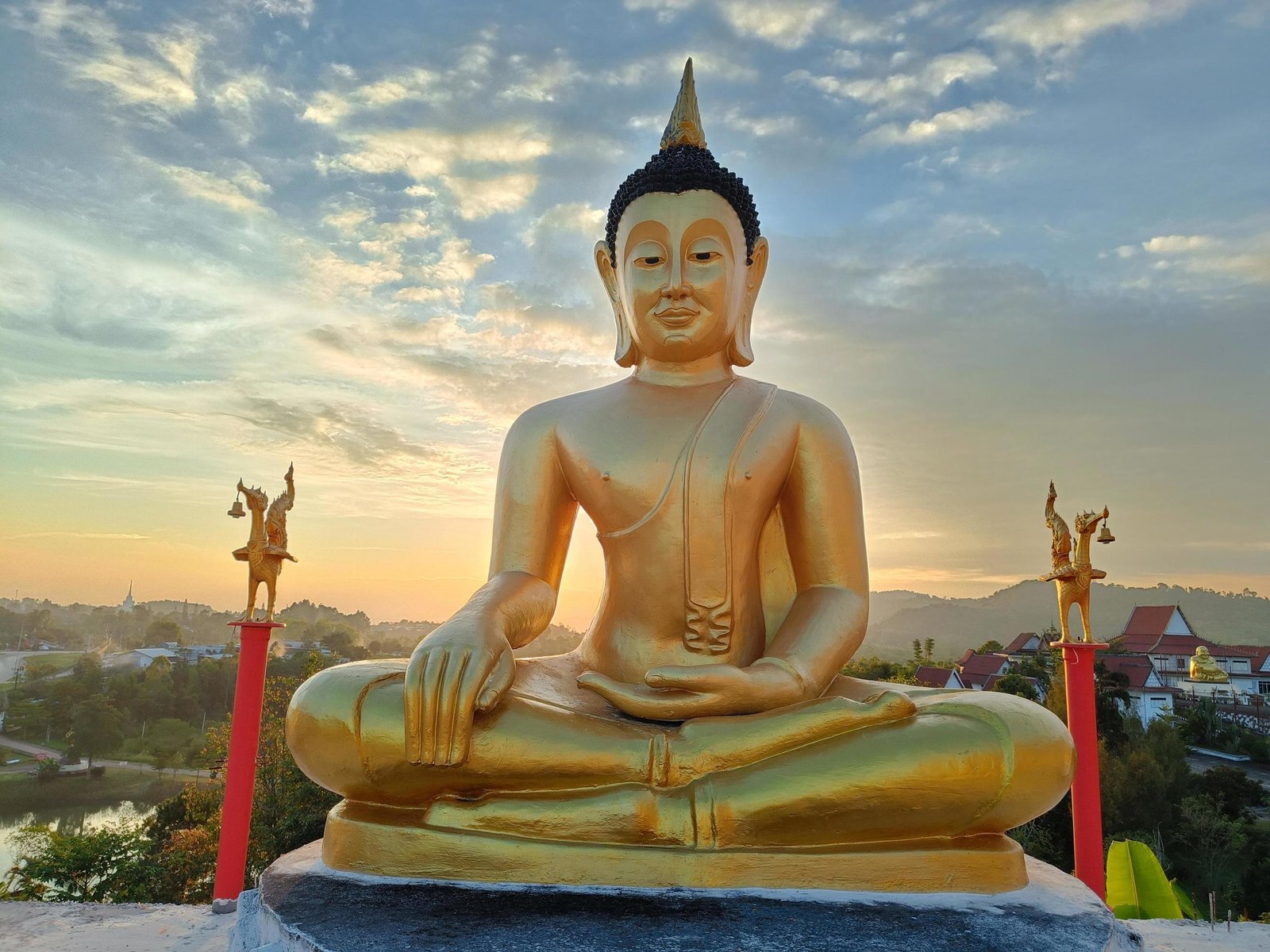Buddhism, nestled within the heart of Thailand lies a profound spiritual heritage that has shaped the cultural landscape of the nation—the gentle teachings of Buddhism. As the majority religion in Thailand, Buddhism is not just a set of beliefs; it is a way of life that permeates every aspect of Thai society. In this blog, we embark on a spiritual journey to explore the essence of Thai Buddhism, delving into its rich history, practices, and the serene temples that dot the landscape.
-
Historical Roots: Thai Buddhism traces its roots to the 3rd century BCE when Emperor Ashoka sent missionaries to spread the teachings of Buddhism throughout Southeast Asia. Over the centuries, these teachings evolved and merged with local beliefs, giving rise to what is known today as Theravada Buddhism, the predominant form of Buddhism in Thailand.
-
Theravada Buddhism in Thailand: Theravada Buddhism, often referred to as the "Teaching of the Elders," emphasizes the original teachings of Siddhartha Gautama, the historical Buddha. In Thailand, this form of Buddhism plays a pivotal role in daily life, guiding individuals on the path to enlightenment through the Four Noble Truths and the Eightfold Path.
-
Temples: Pillars of Spirituality: Thailand is adorned with an array of magnificent temples, or "wats," each telling its own story of spiritual devotion and artistic brilliance. Wat Phra Kaew in Bangkok, home to the revered Emerald Buddha, and Wat Pho, known for its giant reclining Buddha, stand as iconic symbols of Thai Buddhism's grandeur.
-
Monastic Life: Monasticism is an integral part of Thai Buddhism, with monks playing a central role in religious practices and community welfare. Young Thai men often spend a period as monks, known as ordination, to gain merit and spiritual insight before returning to secular life.
-
Merits and Rituals: The concept of "merit" is fundamental in Thai Buddhism, emphasizing acts of kindness, generosity, and moral conduct. Rituals, such as making merit at temples, offering alms to monks, and participating in religious ceremonies, are ways through which individuals accumulate merit for a positive rebirth.
-
Festivals and Celebrations: Thai Buddhism is vibrant with festivals and celebrations that reflect a harmonious blend of religious traditions and cultural festivities. Songkran, the Thai New Year, Loy Krathong, the Festival of Lights, and Visakha Bucha Day, commemorating the birth, enlightenment, and death of the Buddha, are among the most significant.
-
Mindfulness and Meditation: Mindfulness and meditation are key components of Thai Buddhist practice. The serene atmosphere of temples provides a conducive environment for meditation, allowing individuals to cultivate inner peace, focus, and self-awareness.
Conclusion: Thai Buddhism is not merely a religious affiliation; it is the spiritual heartbeat of the nation, infusing compassion, wisdom, and mindfulness into the daily lives of its people. As one walks through the tranquil temple grounds, witnesses the rituals, and engages with the warm-hearted monks, the essence of Thai Buddhism reveals itself—a timeless and profound journey towards inner peace, enlightenment, and the pursuit of a virtuous life in the Land of Smiles.
__________________



